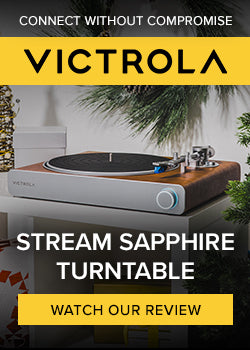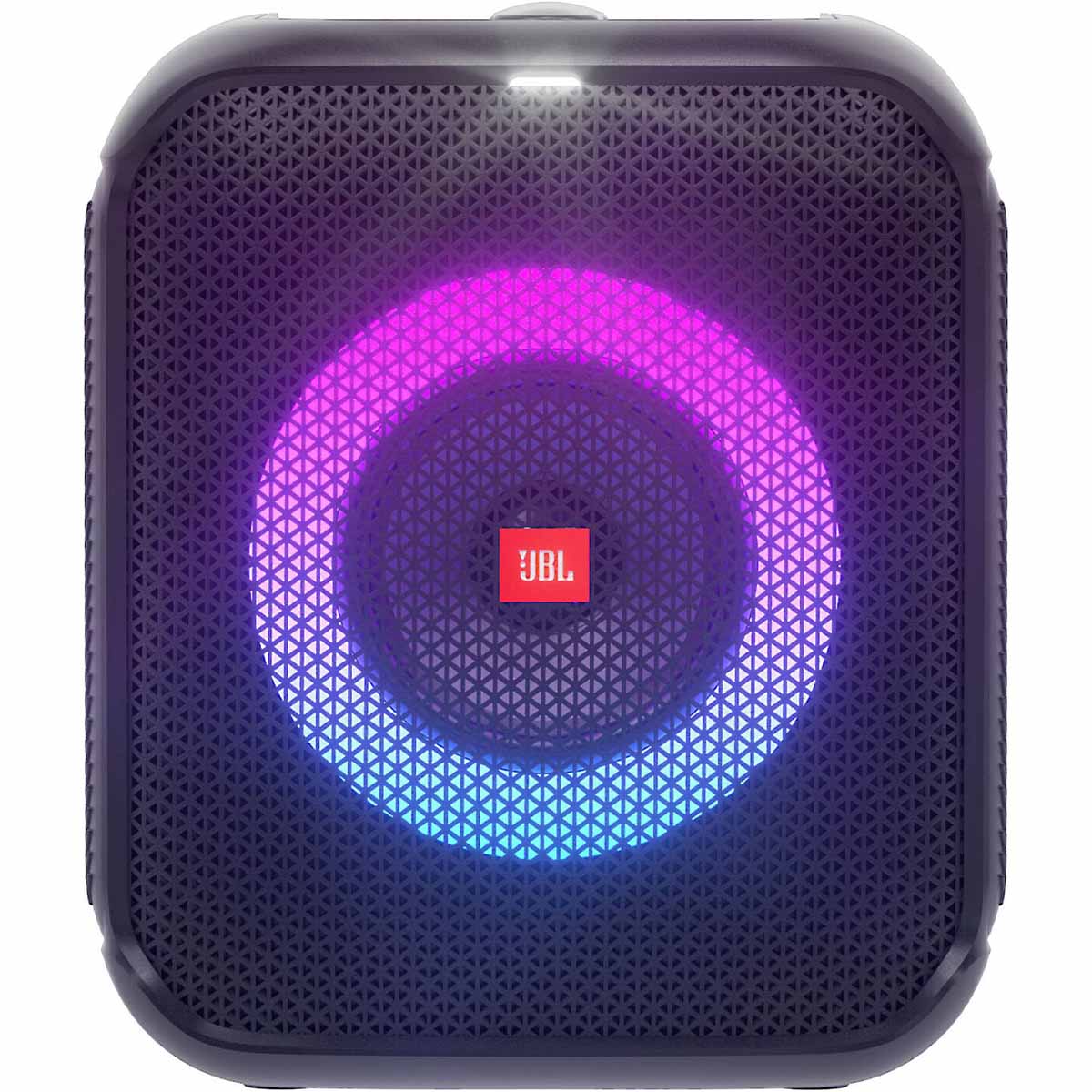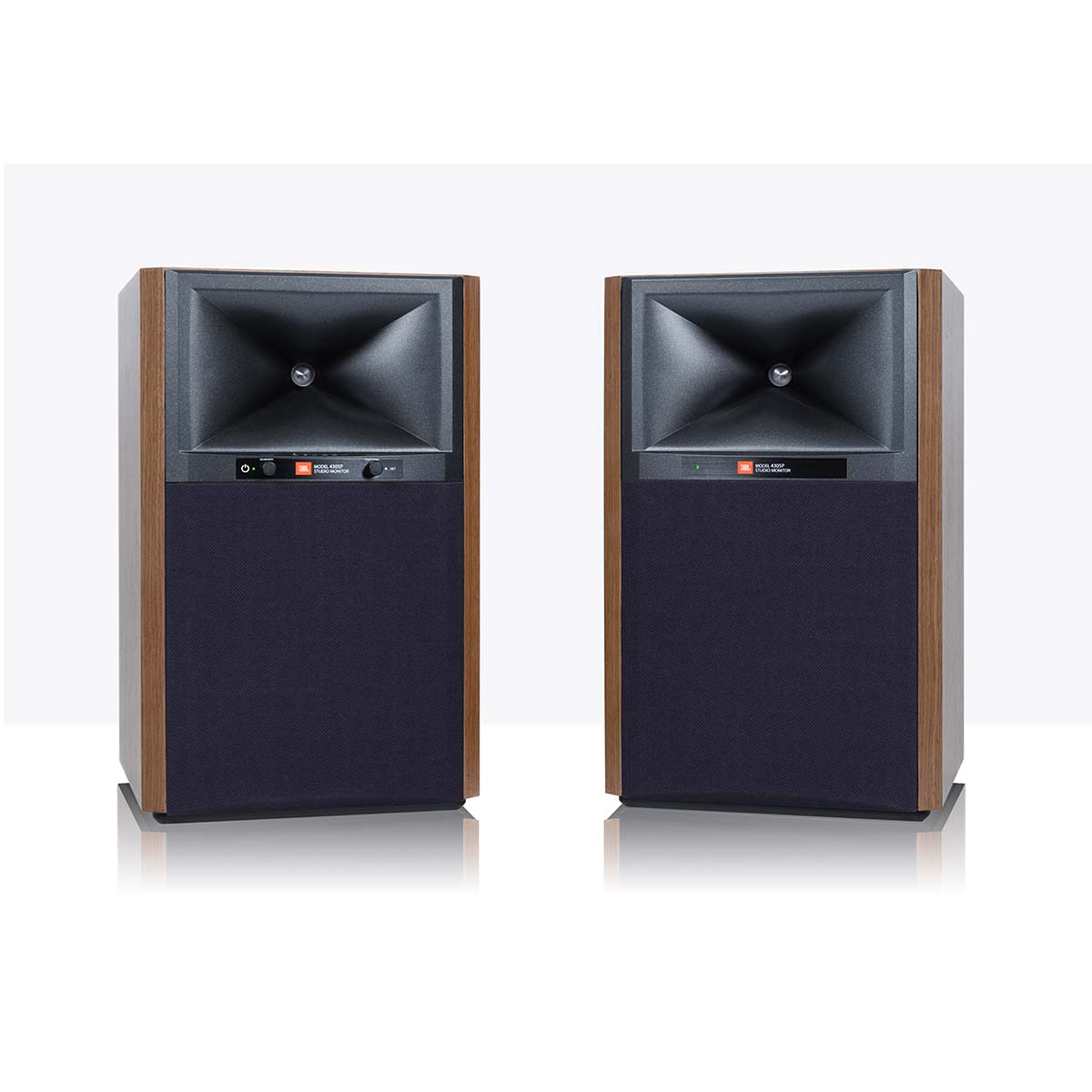How Can Good Speakers Enhance Your Workout?
The right soundtrack is absolutely everything when it comes to working out. Peloton, Beach Body, and other major players in the home workout program space have figured out how to create an engaging experience, including music mixes and instructors full of enthusiasm.
Most equipment, however, has relatively low performance audio compared to what you can get with wireless powered speakers.
“I’ve ridden in the Peloton studio twice and it was incredibly fun with the high performance speakers pumping out great music,” Scott says. He wanted to recreate the high-energy soundstage from the New York studio at his home gym.
What’s Setup Like for A Home Gym?
You can use a 3.5mm plug to connect most powered speakers systems to a Peloton or similar equipment. However, most people will want the speakers farther away and won’t want the cord in the way. No one likes getting tangled on the treadmill.
We included wireless powered speakers with Bluetooth 5 wireless or higher, which has low enough latency that there is not a substantial lip sync issue between what you see on a screen and what you hear from the speakers.
Additionally, if you are going to invest to enjoy music in your room, you will want a left and right speaker so you can hear everything in stereo. To get the best experience, you will want speaker stands that raise the speakers up so your ears are in the dispersion pattern of the speaker whether you are on a bike, treadmill, standing or on a bench.








































